Bitcoin Market Profile
To learn more about Epsilon Theory and be notified when we release new content sign up here. You’ll receive an email every week and your information will never be shared with anyone else.
Continue the discussion at the Epsilon Theory Forum
The Latest From Epsilon Theory
This commentary is being provided to you as general information only and should not be taken as investment advice. The opinions expressed in these materials represent the personal views of the author(s). It is not investment research or a research recommendation, as it does not constitute substantive research or analysis. Any action that you take as a result of information contained in this document is ultimately your responsibility. Epsilon Theory will not accept liability for any loss or damage, including without limitation to any loss of profit, which may arise directly or indirectly from use of or reliance on such information. Consult your investment advisor before making any investment decisions. It must be noted, that no one can accurately predict the future of the market with certainty or guarantee future investment performance. Past performance is not a guarantee of future results.
Statements in this communication are forward-looking statements. The forward-looking statements and other views expressed herein are as of the date of this publication. Actual future results or occurrences may differ significantly from those anticipated in any forward-looking statements, and there is no guarantee that any predictions will come to pass. The views expressed herein are subject to change at any time, due to numerous market and other factors. Epsilon Theory disclaims any obligation to update publicly or revise any forward-looking statements or views expressed herein. This information is neither an offer to sell nor a solicitation of any offer to buy any securities. This commentary has been prepared without regard to the individual financial circumstances and objectives of persons who receive it. Epsilon Theory recommends that investors independently evaluate particular investments and strategies, and encourages investors to seek the advice of a financial advisor. The appropriateness of a particular investment or strategy will depend on an investor’s individual circumstances and objectives.
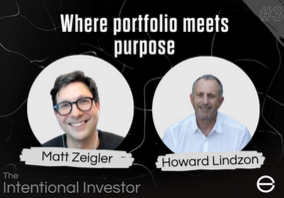

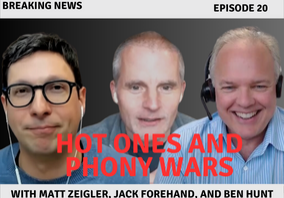
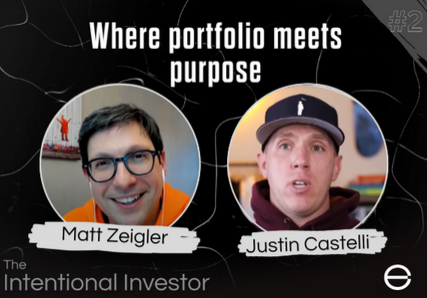

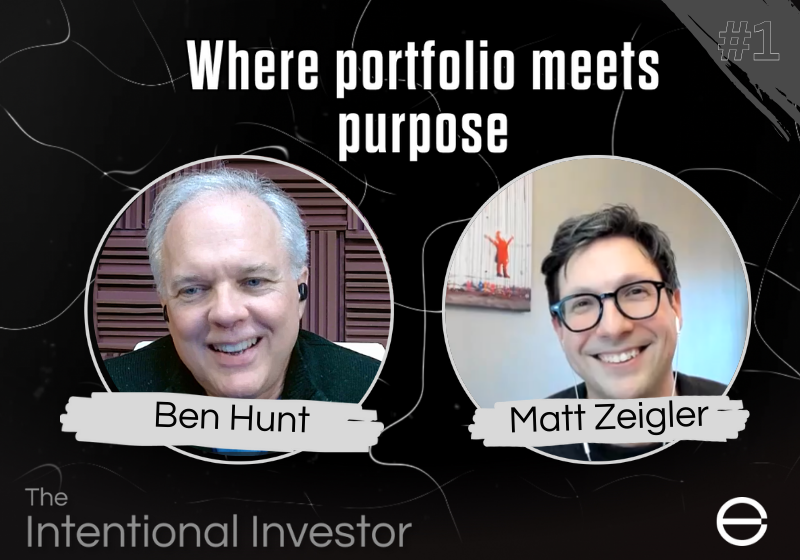
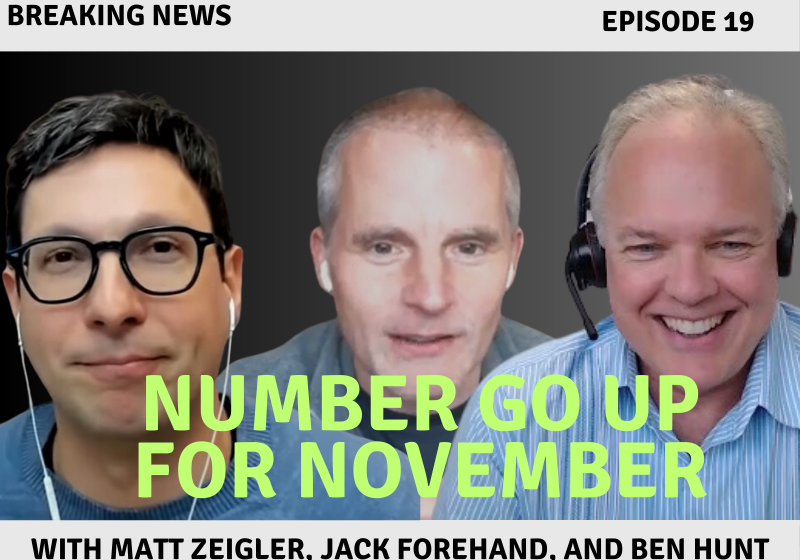
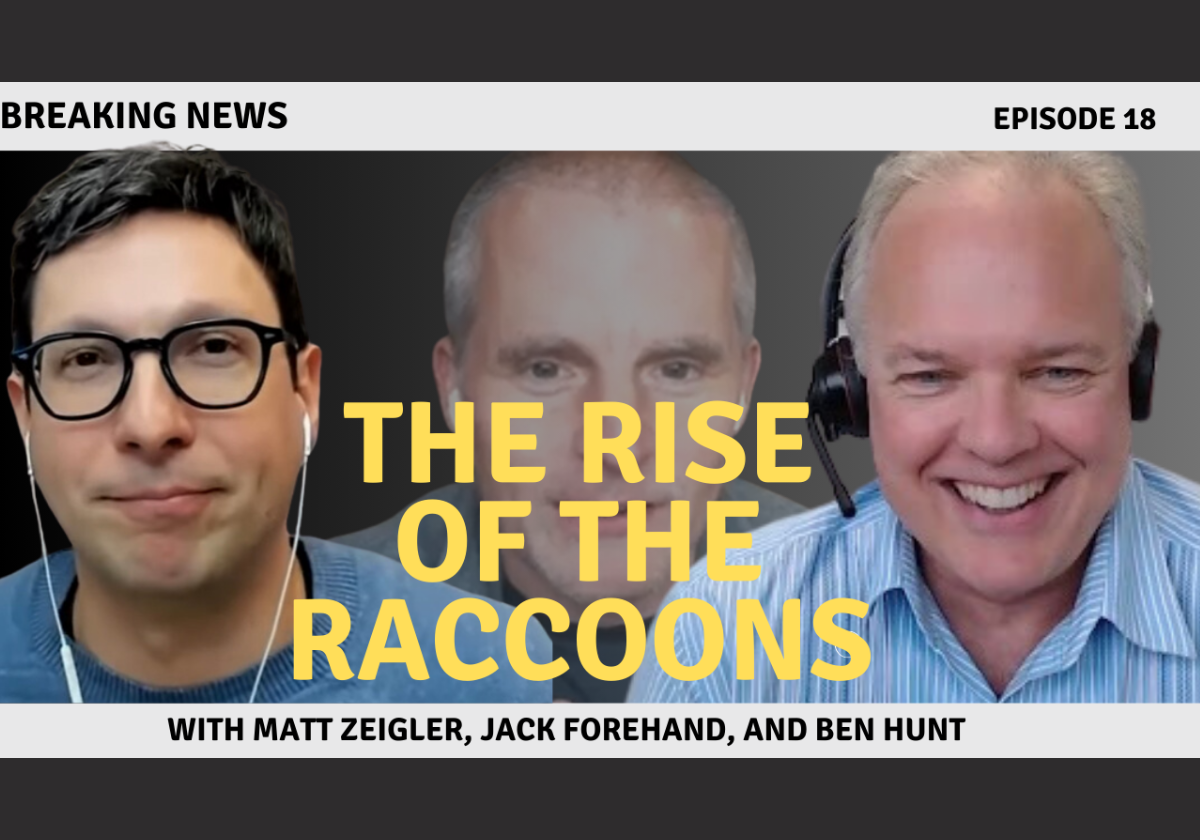
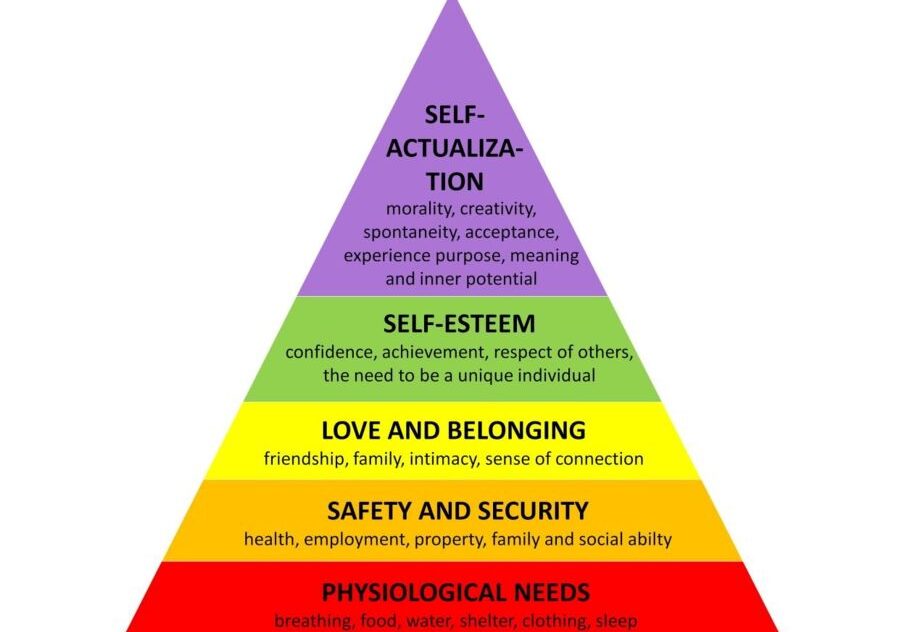
No other comments probably because Ben’s article on the narrative of Bitcoin came out the same day. It is very useful to see some “nuts and bolts” methods to utilize Bitcoin as opposed to the “use the force Luke” inner feeling method. I will try to use your Market Profile charts in my trading software (if it has it).
Glad you liked this post! We try to provide a range of different approaches to understanding markets, and Brent is a big help in giving a trader’s perspective. And FWIW, high for BTC since Brent wrote this on Friday was $56,493.
“Expect massive selling between $56,000 and $57,000.”
Ben,
Thanks for opening the door for us to Market Profile charting. Kind of reminds me of Granville’s On Balance Volume charting method. Any reason why volume isn’t factored in this methodology, just price & time?
As I write this, BTC is trading over 58,000 so I guess is a long play from here.
Need daily close above $59,000 to turn bullish (as mentioned in the piece) because the gap zone is $57,000/$59000. Single prints $57,000/$59,000 suggest that is the gap that would need to be filled to relieve the bearish setup.